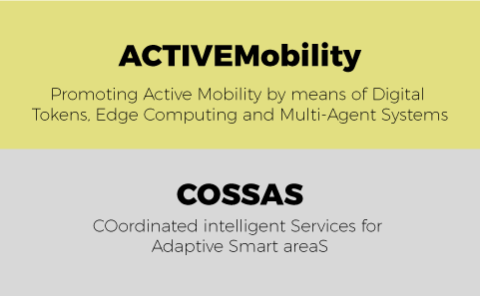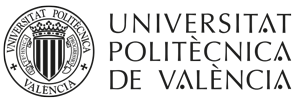ACTIVEMobility - Promoting Active Mobility by means of Digital Tokens, Edge Computing and Multi-Agent Systems (ActivEdgeMobile)
Rerefence: PDC2022-133161-C31
Convocatoria 2022 De Proyectos De «Prueba De Concepto», En El Marco Del Programa Estatal Para Impulsar La Investigación Científico-Técnica Y Su Transferencia, Del Plan Estatal De Investigación Científica Y Técnica Y De Innovación 2021-2023
Nowadays it is necessary to find new solutions that promote cleaner urban transport and active mobility of citizens to reduce sedentary lifestyles, reduce pollution and congestion in big cities, and mitigate climate change. In this sense, the use of digital technologies and the paradigm of smart cities and territories can help build such solutions. The ActivEdgeMobile proposal is presented as an innovative proposal that promotes active mobility, the reduction of traffic congestion and the improvement of air quality in urban environments using DLTs, Edge Computing and Artificial Intelligence.
The main objective of ActivEdgeMobile is to develop a proof of concept to validate a solution aimed at fostering active mobility of citizens and sustainability of urban transport. The solution will make use of Internet of Things technologies, Edge Computing, green digital tokens based on Distributed Ledger Technologies, recommender systems, Virtual Organisations of Agents and Agreement Technologies.
COSSAS - COordinated intelligent Services for Adaptive Smart areaS (COSASS)
Reference: PID2021-123673OB-C33
Convocatoria: Proyectos de Generación de Conocimiento 2021
In this project, we want to provide technological solutions that facilitate decision making of independent entities fostering collaboration and coordination among them in order to improve the use of available resources or to increase their efficiency. We will develop solutions for what we call Adaptive Smart Areas, and that are especially designed for the characteristics and problems found in rural areas, and that are robust and allow for a seamless adaptation to changes and contingencies that occur with frequency in the envisioned environment. The proposed solution concept will rely on the idea of a cloud-edge continuum, where higher level predictions and planning tasks are accomplished at the cloud, low level operational decisions are taken by physical devices on the edge, and where the delegation of tasks or the decision making is shifted between edge and cloud adapting to the contextual situation in each moment.








